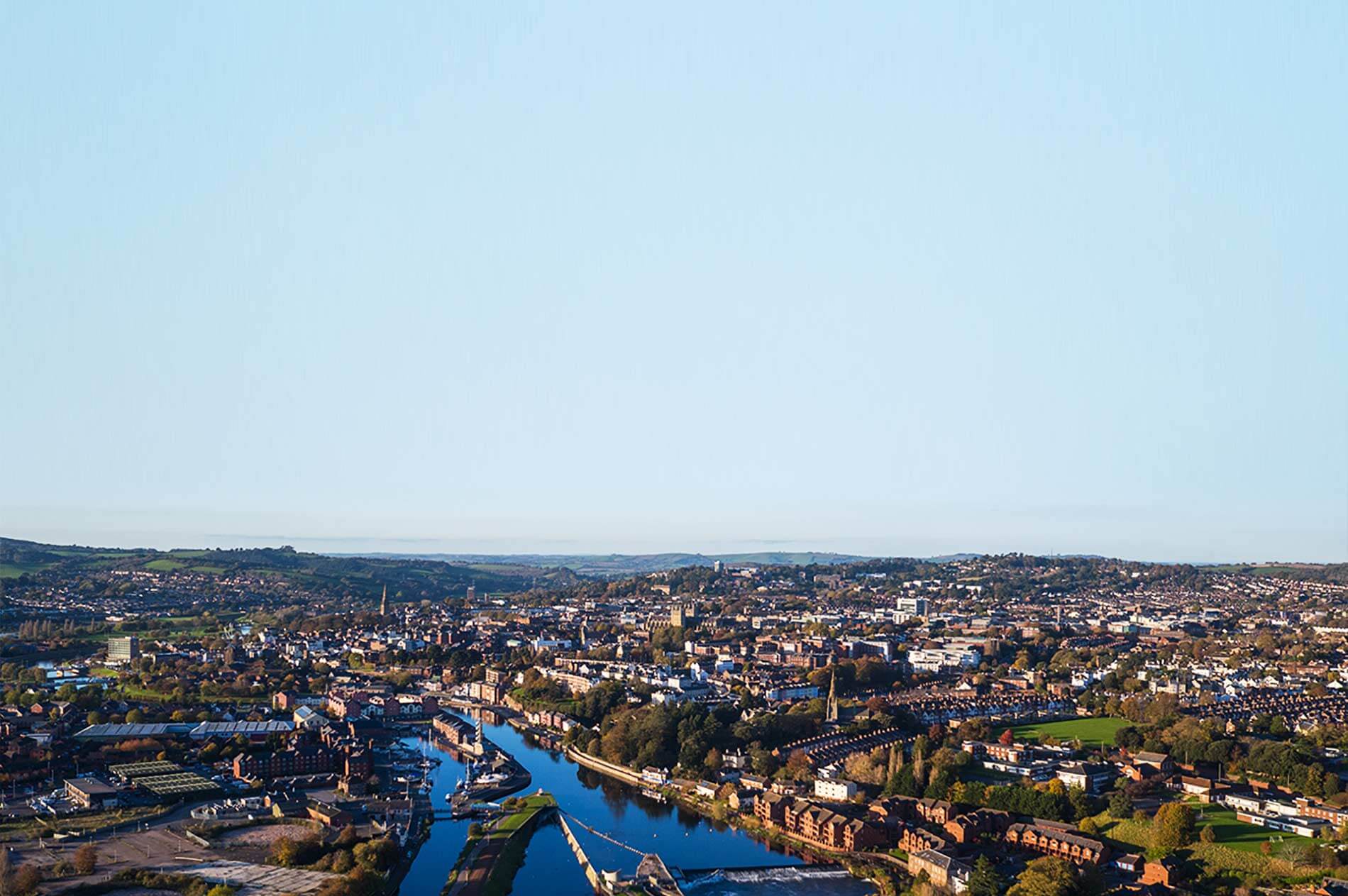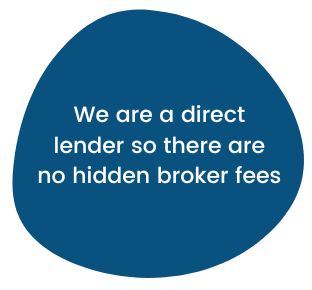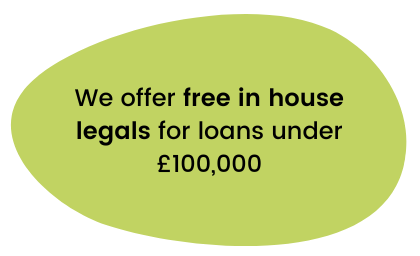
Our buy to let mortgages in Northern Ireland
At Mercantile Trust we ensure that landlords and business owners in Northern Ireland are not being overlooked. Options for borrowers in this region are limited, which is why our first and second charge buy to let mortgages, bridging loans and homeowner business loans are available across Northern Ireland.
Read our guide to below to find out more about buy to let mortgages in Northern Ireland.

Am I eligible for a buy to let mortgage in Northern Ireland?
When you compare buy to let mortgages in Northern Ireland with the rest of the UK, there are many similarities, with only slight differences in terms and criteria set by lenders.
Sometimes, meeting certain criteria can be more challenging when investing in property in Northern Ireland. For example:
Deposit requirement
Typically, you will need a minimum deposit of around 25%, which is the same as in the rest of the UK. However, in some cases, you might need to provide more.
Geographical restrictions
In rural areas of Northern Ireland, there are fewer lenders available. Properties in these areas are often seen as higher risk. Therefore, a buy to let mortgage in Northern Ireland might come with higher interest rates and some lenders may require a larger deposit.
Property type
Many lenders are cautious about properties that are not standard construction. Since Northern Ireland has many rural towns with farmhouses, these might be considered non-standard. At Mercantile Trust we accept properties with non-standard construction, so whether you own a property with a thatched roof or your property is
Experience as a landlord
If you're a first-time buyer, getting this type of mortgage can be a bit more challenging. While this is true across the UK, the fewer lenders in Northern Ireland mean there are even fewer willing to work with first-time landlords.
How do I get a buy to let mortgage in Northern Ireland?
How do I get a buy to let mortgage in Northern Ireland?
Securing a buy to let mortgage in Northern Ireland involves several steps:
Research and planning
It is important to identify the areas in the Northern Ireland rental market that have potential for rental income. Assess your budget, considering the how much you purchased the property for, associated costs, and potential rental income.
Financial assessment
Check your credit score and calculate the amount you can afford to borrow based on your income and expenses.
Choose the right property
Select a property with good rental potential. Consider location, facilities, and the type of tenants you want to attract.
Deposit and affordability
It is recommended to save for a large deposit when looking for a buy to let mortgage in Northern Ireland. Usually, buy to let mortgages require a higher deposit than residential mortgages. Ensure you meet the lender's affordability criteria. They will assess your ability to repay the mortgage based on your rental income and financial situation.
Where are the best areas for a buy to let property in Northern Ireland?
The demand for rental properties varies significantly depending on the location. To maximise your return on investment, you should focus on areas with high demand, with Belfast being a prime example. Recognised as one of the top rental locations in the UK for returns on investment, Belfast has shown a significant increase in property demand over the last decade.
It is found that other cities such as, Dungannon, Lisburn, and Omagh also are areas with good investment opportunities. Areas with large student population, including Portrush and Coleraine, are also good areas to consider for property investment.
In general, rental demand in Northern Ireland follows trends that are present in the rest of the UK and globally, with higher demand in large cities that have excellent transport links and facilities.
Enquiring is easy

How we could help
If you are aiming to expand your rental property portfolio or are looking into your first buy to let investment, we could help. Unlike other lenders, we consider all credit profiles and there is no minimum income required when looking at securing a buy to let mortgage from us.
Our experienced advisors will support you through the application process and will find the most suitable buy to let mortgage for you. With their expertise and knowledge, they could enable you to maximise your returns on your investment by securing you a buy to let mortgage, which suits your specific circumstances.
At Mercantile Trust, our buy to let mortgages start from as little as £10,000 up to £500,000 for properties in England, Scotland, Wales and Northern Ireland. Call our free number on 0800 032 3737 to speak with a friendly advisor.
Ready to enquire?
Talk to our mortgage experts now
- Friendly UK based advisors
- Enquiring won't affect your credit rating
- Funds possible in 48 hours
- No annoying phone menus, call an advisor direct
- We are a direct lender, no hidden broker fees
- Please note that we do not charge upfront fees

Tara Evans, Operations Director
01923 280199
Frequently asked questions
A buy to let mortgage is a finance agreement that allows you to purchase a property in order to rent it to a third party.
A regular residential mortgage does not let you rent the property out, unless you gain the permission of your mortgage lender. Whilst residential lenders may give you permission if you ask for it, there will often be an additional charge to do so.
Buy to let mortgage affordability calculations are assessed on the potential rental income of the property i.e. how much rent can be charged for the house or flat / apartment being purchased. This means that your personal income is less of a factor.
The only exception is if you are a first time buyer, where personal income is assessed, in order to protect those who are new to property investment from over-stretching themselves financially.
Lenders will want to see that applicants do have some form of personal income, but many don’t have a minimum income requirement, so if you have retired and are on pension income, or you are self-employed and have a low income, or your personal income is low for any other reason, you may still be eligible for a buy to let loan.
When you speak to a buy to let mortgage lender direct, the process for getting a buy to let mortgage generally includes similar steps.
First of all, you would speak to a mortgage advisor for the lender, who will discuss how much you want to borrow, how much deposit you have to put down, and the rent you are receiving for the property (if you are remortgaging) or expect to receive (if you are purchasing).
The advisor will also ask you about the property in more detail, your experience in property (e.g. do you own your own home, do you own other properties), your financial situation and credit history.
This information helps a lender advisor assess whether you are a match with their criteria. Lenders build a picture of the type of property and applicant they are willing to lend to, this is their "criteria".
If your application matches the lender criteria, the property you are investing in will be valued and if the valuation matches the borrowing calculation for a deal the lender can offer you, they will grant you a "decision in principle" (DIP) or "agreement in principle" (AIP).
A DIP or an AIP simply means that if you proceed with an application and all other details you have provided meet the lenders approval, you will be offered a mortgage.
It is very important that all the information you provide is accurate, because if it isn't, the lender may be unable to accept your application.
There will be documents a lender requires from you to support your application, proof of affordability (e.g. tenancy agreement and proof of rent into a bank account), proof of your identification (if electronic checks fail) and signed lender documentation.
Once all the documents are back with the lender, the case will be processed and funds paid to you.
The amount of deposit you have available can have a significant impact on your mortgage.
The larger your buy to let mortgage deposit, the lower amount of credit you will need to borrow. If you borrow less money, your monthly payments and interest rates could be lower and the total amount you repay could be reduced.
The reason the cost or a mortgage is typically lower with a larger deposit, is because the lender takes on less of the risk than if they were lending to someone who wanted to borrow at a higher loan to value with a lower deposit.
The buy to let mortgage rate you are offered depends on a number of factors unique to your case. This includes your financial situation, the rental income of the property you’re looking to purchase, how much you’re expecting to borrow, your credit profile and whether you’re borrowing for a first or second charge mortgage.
Because of the amount of factors considered, buy to let mortgage rates can vary. Whilst you can input details about the borrowing you need into various online buy to let mortgage rate comparison tables, they usually cannot overlay the lender criteria, so you may be looking at a product you are not eligible for.
Having a discussion with a lender directly, will help you find out if you qualify for their products, and which product specifically from amongst their range.
Having a discussion with a broker, who has access to an extensive breadth of lenders, will help you establish the most competitive deal you can secure from across the buy to let marketplace.
If you want to raise some extra cash and release some equity from an existing mortgaged rental property, a second charge buy to let mortgage could be the ideal solution.
Whether you want to raise the money for a deposit for your next property, to renovate an existing property or for any other reason at all, a second charge buy to let mortgage is a great way to get the capital you need, fast.
A second charge mortgage sits alongside your existing buy to let mortgage product without affecting it. It is an alternative to remortgaging.
Always be prepared for times when there’s no rent coming in
In the life of any rental property, there will almost certainly be periods when there is no tenant and no rent is being received. It is essential to plan ahead for these times (known as “voids”) as you will still be required to make your mortgage repayments in order to retain the property.
During the times you are receiving rent, transfer some of it to a savings account and keep this account topped up whenever possible. This money can be used to make mortgage payments during voids, or to cover any unexpected repair bills such as blocked drains or a broken boiler.
Never rely on the sale of the property to repay its mortgage
Assuming that you will be able to sell a property in order to repay the mortgage can be a risky trap to fall into. Even in a buoyant economy there is always the danger of house prices dropping. If this was to happen, you may not be able to sell your property for as much as you anticipated, and you would still have to cover the difference on the outstanding mortgage.